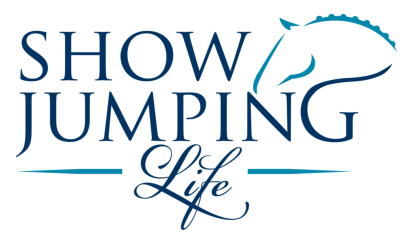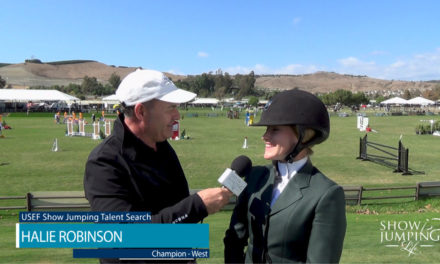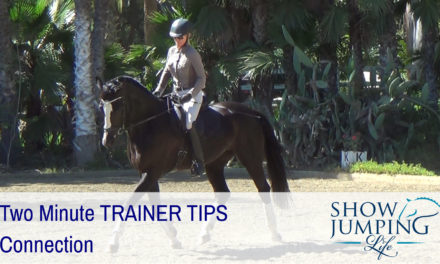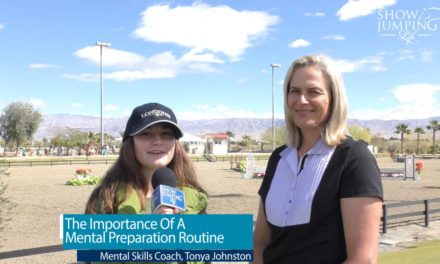What’s The Foundation For Successful Show Jumping?
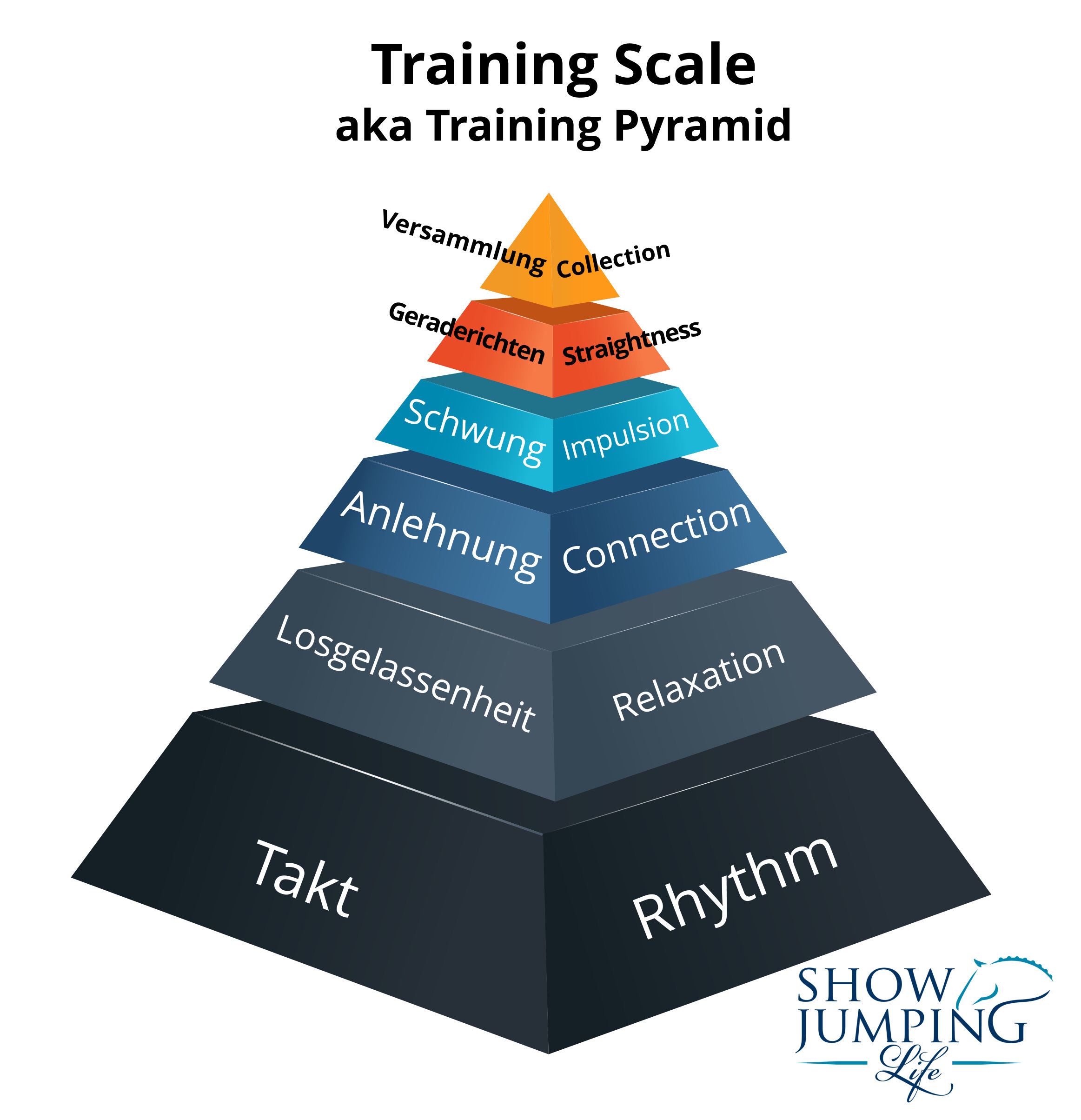
What’s The Foundation For Successful Show Jumping?
You Might Be Surprised
One of the most successful Show Jumpers in US history described in his book Winning with Frank Chapot that during the period leading up to the 1956 Olympics, the European horses and riders consistently outperformed the Americans.
It wasn’t until the team started working with Bertalan de Némethy, a former Hungarian Cavalry officer who emigrated to the United States after World War II (and eventually became the show jumping coach for the United States Equestrian Team) that they were able to gain ground on the Europeans.
What was it that de Némethy taught Chapot and the US team?
“Bert introduced me to dressage and cavelletti work and through the dressage techniques he taught me, I learned to sit more deeply and to create impulsion from behind when it was needed,” wrote Chapot.
Bert de Némethy knew that the fundamental building blocks of all successful equestrian training are based on proven principles that date back centuries. And it’s especially important in show jumping!
Many of these principles are included in what we commonly refer to today as the “Training Scale”.
The origins of this training approach are contained in Heeresdienstvorschrift H.Dv. 12. Updated again in 1937, this served as the German Cavalry’s Training Manual.
The forerunner of today’s Training Scale (or training pyramid) can be found in Siegfried von Haugk’s book, The Training of Recruits in Riding, by Mittler und Sohn, 1940. However, it wasn’t until the 1950’s that the term “Skala der Ausbildung” (translated as “Training Scale”) came into use.
Haugk defined the training objectives that we use today:
- Takt (Rhythm)
- Losgelassenheit (various translations result in Relaxation or Suppleness)
- Anlehnung (Contact or Connection)
- Schwung (Impulsion)
- Geraderichten (Straightness)
- Versammlung (Collection).
Some will argue minor variations in the naming and order of these elements. That’s most likely because each element of the training scale works in conjunction with one or more of the other parts. One element is never used in isolation. Furthermore, while often illustrated as a pyramid or “building blocks”, they should not be considered as steps where one can only be followed only upon the completion of the previous element.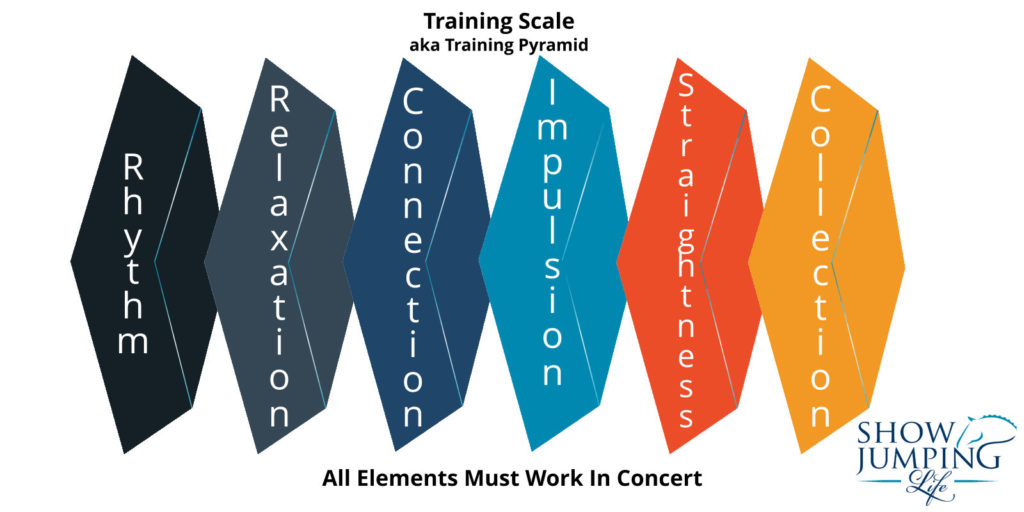
There are some variations of the Training Scale, but the United States Dressage Federation summarizes it as:
- Rhythm – with energy & tempo
- Relaxation – with Elasticity & Suppleness
- Connection – Acceptance of the bit through acceptance of the aids
- Impulsion – increased energy and thrust
- Straightness – improved alignment and balance
- Collection – increased engagement, lightness of the forehand, self-carriage
Be sure to watch our Two-Minute Trainer Tip videos to learn more.
